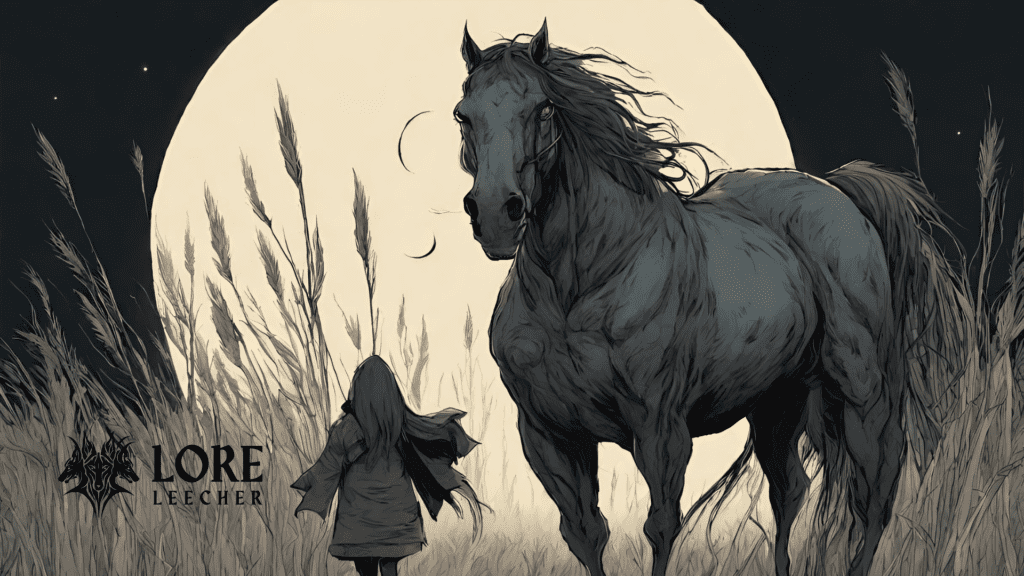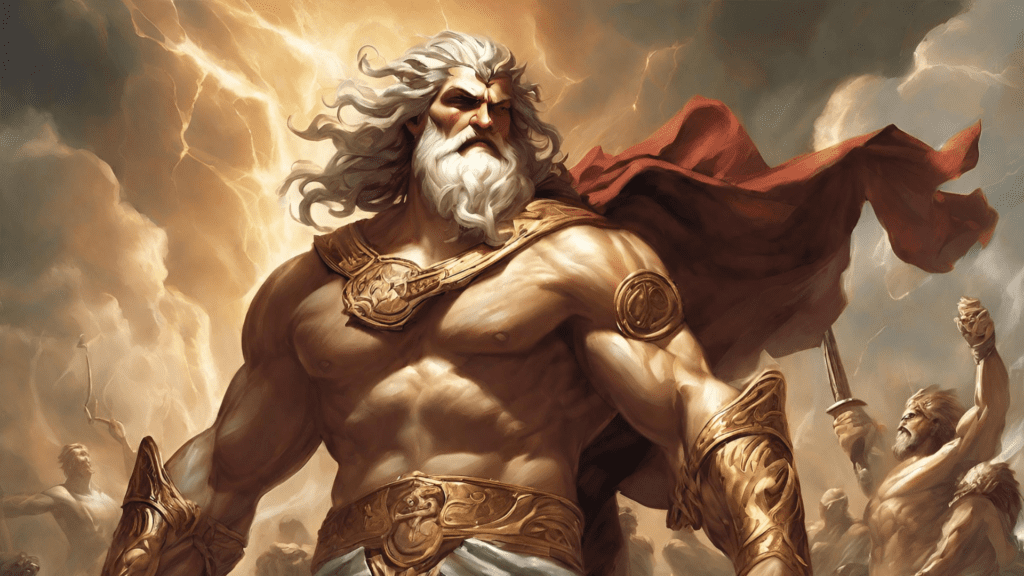
In the heart of the dense Filipino jungles, where shadows dance in the moonlight and the air is thick with ancient mysteries, there existed a legend that sent shivers down the spines of those who dared to whisper its name—the legend of the Tikbalang.
Long ago, when the world was still young and the spirits roamed freely, there lived a powerful enchantress named Magwayen. She was known for her beauty, cunning, and her deep connection to the mystical forces that governed the natural world.
Magwayen dwelled in a hidden realm, a place where time itself seemed to hold its breath, and where the boundary between the spirit and mortal realms was as thin as a wisp of smoke. Magwayen was enamored with the earthly realm, particularly the enchanting forests that echoed with the symphony of rustling leaves and unseen whispers.
One day, as she wandered through the heart of the ancient woods, she encountered a majestic white horse bathed in the soft glow of the moonlight. Its eyes glowed like orbs, and its mane flowed like liquid silver. Drawn to the creature’s ethereal beauty, Magwayen approached and ran her fingers through the horse’s mane.
Little did she know that the horse was no ordinary creature, but a guardian spirit of the forest, tasked with preserving the delicate balance between the mortal world and the mystical realm. Touched by the enchantress’s gentle caress, the spirit horse revealed its true form. It stood on two legs, towering over Magwayen with a blend of equine and humanoid features. Its face was both human and horse, a grotesque merging of the two worlds.
Enchanted by the strange and otherworldly being, Magwayen offered her heart to the spirit horse. In return, the creature bestowed upon her a gift—one that would forever bind her fate with that of the mystical realm. Magwayen, now inseparable from the creature, became the mother of the Tikbalang.
As the centuries passed, the Tikbalang roamed the dense jungles, a mysterious and fearsome presence that embodied both the beauty and terror of the natural world. It was said that when the moon hung low and the night was darkest, the Tikbalang would emerge, its hooves making eerie echoes through the quiet forest.
The Tikbalang inherited its mother’s duality—capable of both protecting the sacred balance of nature and wreaking havoc upon those who dared to disrespect its realm. Legends spoke of lost travelers encountering the Tikbalang, lured into the heart of the forest by the haunting melody of its distant laughter.
And so, the origin of the Tikbalang became an enduring tale of enchantment and dread, a story whispered by the fireside, reminding the people to tread carefully in the realms where magic and reality entwined—a warning that the line between fascination and fear was as thin as the veil between worlds.


